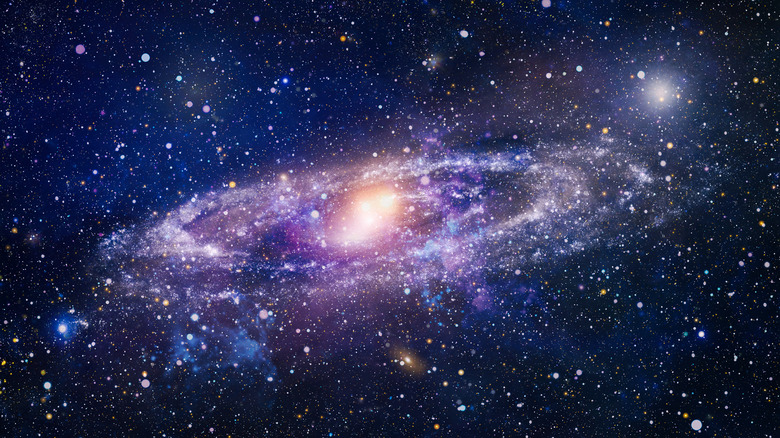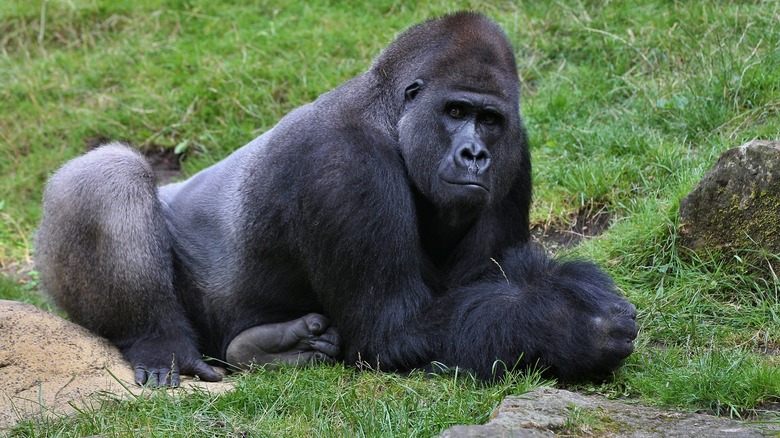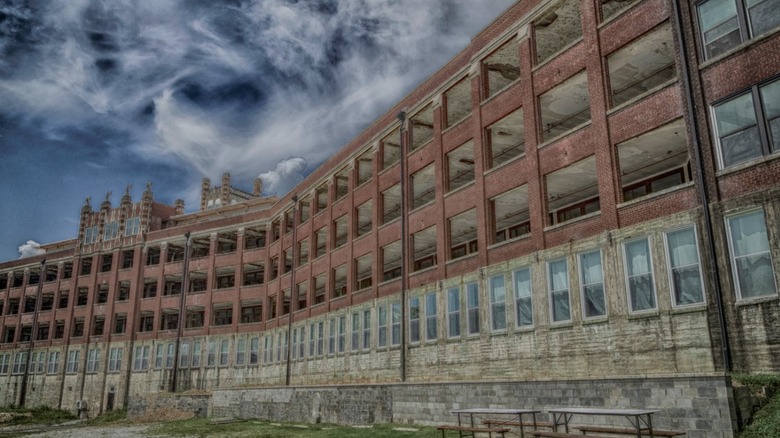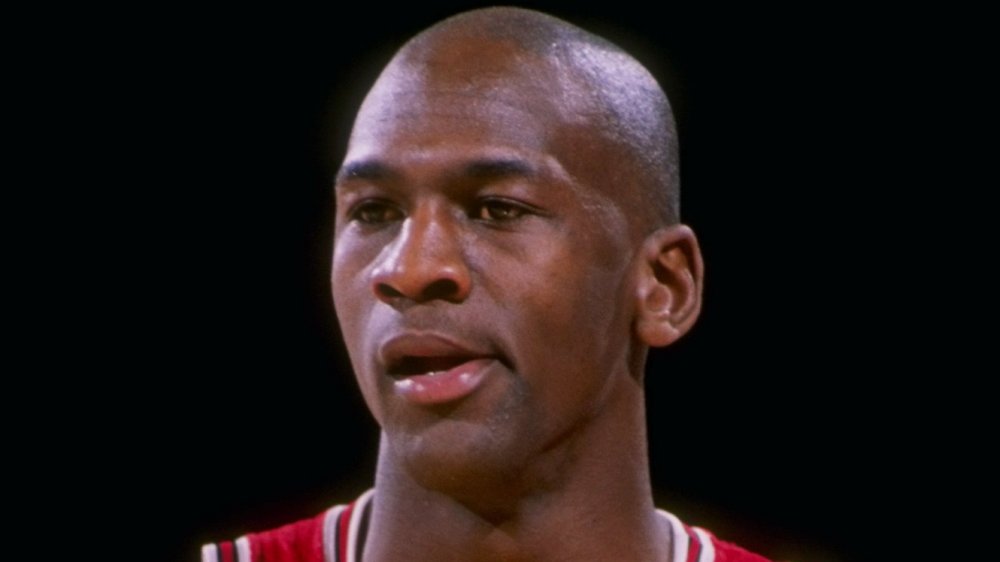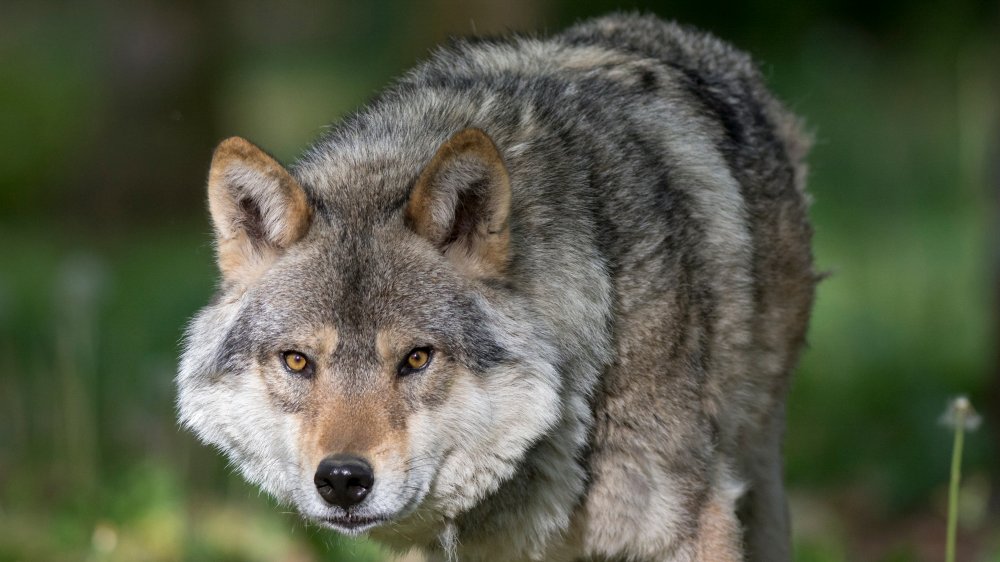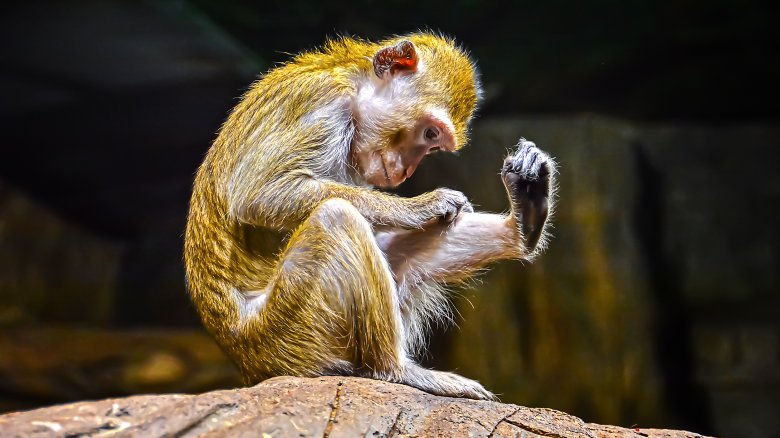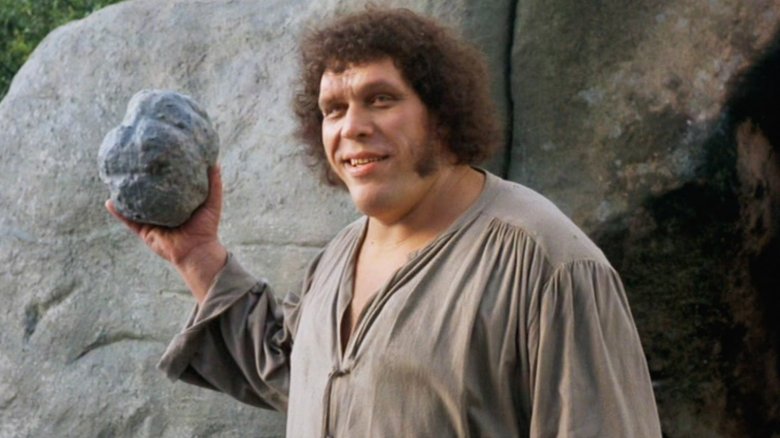
The Truth About The Wandering Black Holes In Space
The relationship between a black hole and its surrounding matter is in many ways a parallel of how moons, planets, and stars orbit one another in a solar system. Yet like stars and planets, some outliers are not bound by such expectations. It is estimated that 10 percent of supermassive black holes are “wanderers,” or black holes that are free to roam without having merged with another or otherwise fixed to a galaxy’s center (via Harvard University).
According to the Silicon Republic, such black holes are unique in their relationship with dwarf galaxies as they are evidently free to move outside of the galactic center and swallow stars in their path, rather than simply remaining static. As of 2020, around 13 of these galaxies were discovered close to the Milky Way, indicating just how common they can be. While astronomers don’t believe they pose any long-term threat to the latter, wandering black holes are nevertheless a significant point of interest, as they may expose several stellar secrets.
Wandering black holes could show how galaxies form
Potentially shaped by past encounters with larger celestial bodies, these dwarf galaxies remain intact but become disorganized as they are helplessly consumed and thrown around by their dislodged black holes (via NRAO). This alone has radically challenged perspectives on how black holes behave and has encouraged those looking for black holes to expand their search beyond the centers (via ZME Science). These black holes may also be decent representations of how larger galaxies come into existence.
Estimated to be around 400,000 times the mass of our sun, the wandering black holes observed are millions of times smaller than the Milky Way’s, likely meaning that they are not far along in their lifespans (via EarthSky). Since supermassive black holes are theorized to originate from the mergers of such small examples, scientists also believe that observing these dwarf galaxies can give us insight into how our own may have appeared in its early formation (via Space.com).
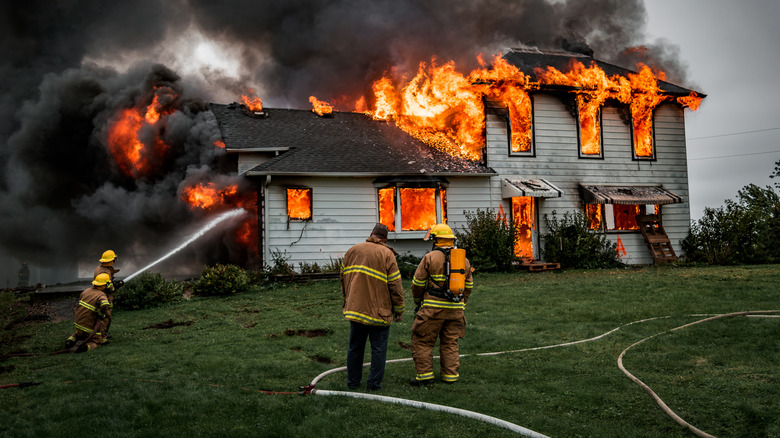
What Really Happens To Your Body When You Burn To Death

Here's Why Prince Philip's Will Won't Become Public For 90 Years

The Tupac Conspiracy Theory That Would Prove He Actually Fled To Cuba

The Truth About America's Youngest Serial Killer Jesse Pomeroy
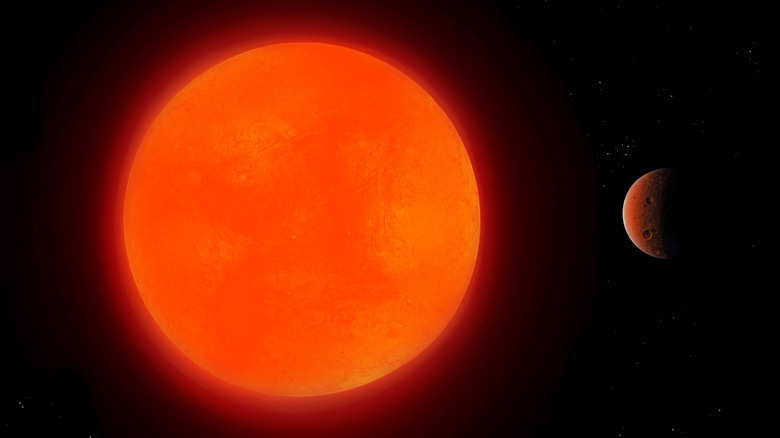
The Truth About The Longest Living Stars In The Milky Way
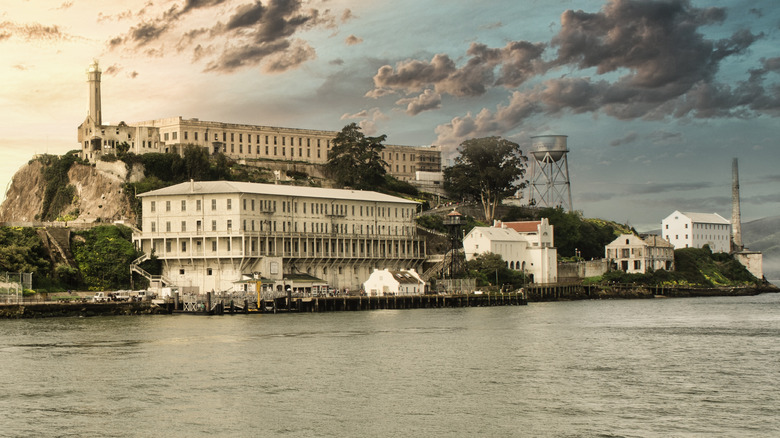
The Surprising Place Alcatraz Prison Guards Lived

The Tragic Death Of Irving Lee Pulling

Why Robert E. Lee Couldn't Scare Off Ulysses S. Grant

The Secret Deal That Coca-Cola Has With The DEA

The First People To Climb The World's Tallest Mountains (Besides Everest)
